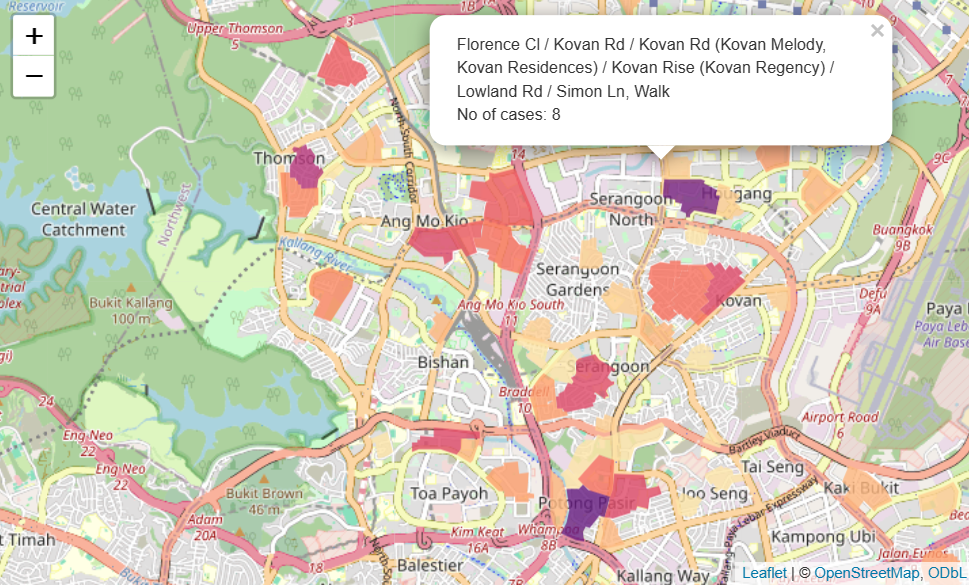ANL501 Data Visualisation and Storytelling

View the Project on GitHub nicholas-sim/ANL501-Data-Visualisation-and-Storytelling
Seminar 4
The seminar will build upon previous discussions on ggplots and explore approaches for visualizing time series and distributions. The use of RMarkdown may be discussed in this or a later seminar.
Time series data, where observations are recorded over successive time intervals, are frequently contained as part of longitudinal data. Examples range from macroeconomic indicators spanning multiple countries across time to stock prices of companies within a specific industry over a designated timeframe. We explore various methods for plotting time trends using ggplot where the time series are extracted from longitudinal data. We also focus on implementing the correct approach for comparing time trends across various cross-sectional units, and explore data storytelling elements such as employing color differentiation and labeling for time series plots.
Bar Charts, Histograms, and Densities
Distribution plots visually represent the distribution of variable values. They can be tailored for both qualitative and numerical data. For categorical data, bar charts effectively display distributions while numerical data can be depicted through histograms and density plots. We explore the construction of distribution plots for different data types and different plot variations such as stacked, dodge, and overlapping distribution plots.
RMarkdown is a markdown format document in RStudio. It is integrated with R’s data analysis capabilities and facilitates seamless incorporation of data analysis into reports. RMarkdown enables the generation of reports in multiple formats, including Word, HTML, and PDF, and presentations in Powerpoint, HTML and PDF (Beamer). This discussion explores the process of creating a reproducible report with data analysis, as well as a brief discussion on integrating Python with R using RMarkdown.